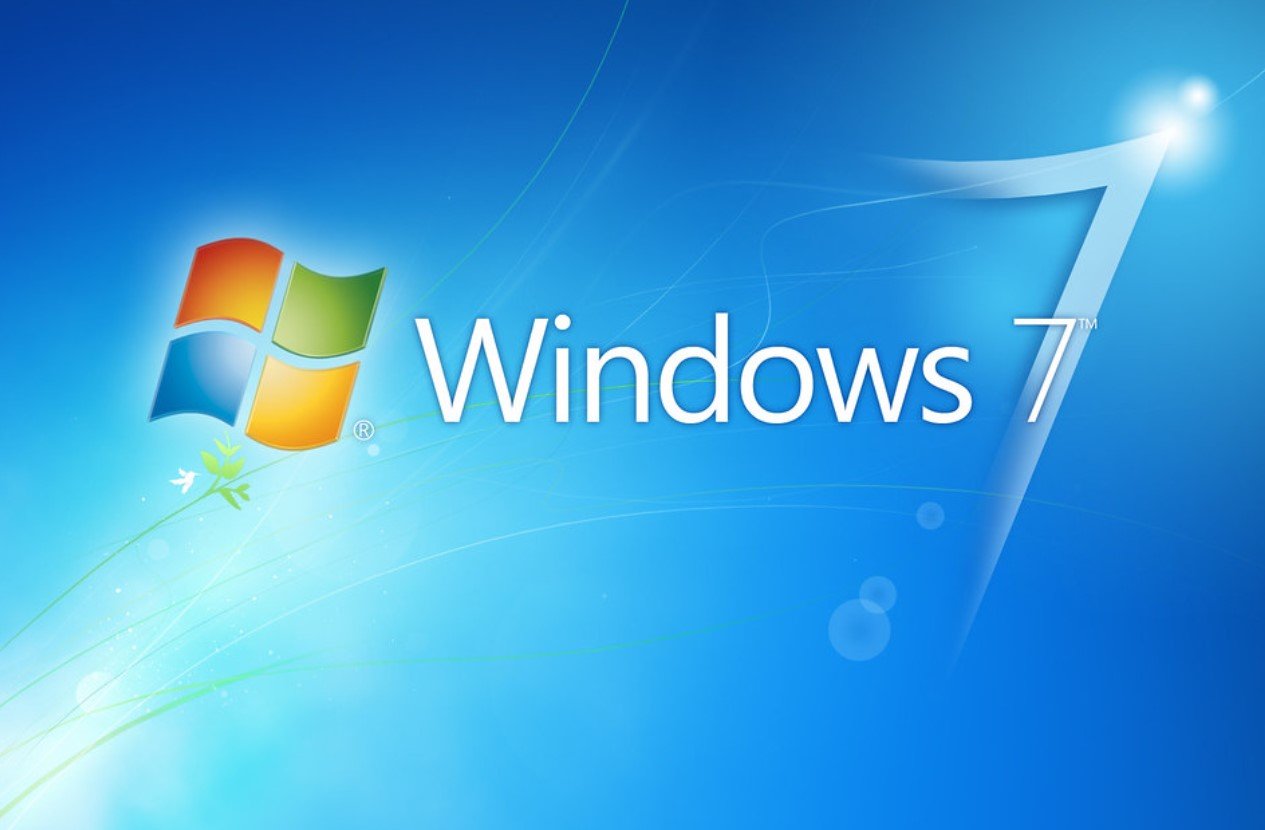Microsoft is quietly retiring Device Stage, a Windows 7 feature that once helped users manage connected devices with ease. As Windows 11 reshapes the PC experience, Device Stage has been left behind, with Microsoft removing all official references and support.
The disappearance of Device Stage marks the slow fade of Windows 7-era tools as Microsoft fully embraces modern interfaces and technologies in Windows 10 and 11.
Device Stage: The Once-Handy Hub for Peripherals
Back in 2009, when Windows 7 launched, Device Stage was a fresh idea. It wasn’t just another icon on your desktop—it was a central spot where users could see and manage their connected devices. Whether it was a printer, camera, or MP3 player, Device Stage aimed to make device management less of a headache.
Instead of hunting through menus or digging up drivers manually, Device Stage showed you all the apps, services, and info related to your gadget. It worked over USB, Bluetooth, and even Wi-Fi. Often, you didn’t even need to install drivers—the system would grab them automatically from Windows Update. Pretty neat, right?
For years, Device Stage was the quiet workhorse in the background. You might not have noticed it much, but it was there, smoothing out device hassles for millions of users.

A Quiet Goodbye: Microsoft Scrubs Device Stage from Its Website
Recently, eagle-eyed users spotted that Microsoft has wiped away any mentions of Device Stage from its official support pages. Neowin first reported this disappearance, noting that pages once explaining how to troubleshoot or use Device Stage have been stripped clean.
This isn’t just a minor update. It’s a clear sign that Microsoft has officially sunset the feature. Support articles once titled “Automatically get recommended drivers and updates for your hardware” used to have detailed sections about Device Stage. Now, those pages focus strictly on Windows 10 and 11 without any mention of the old feature.
Basically, Device Stage has been phased out with very little fanfare.
Why Has Device Stage Been Left Behind?
Windows has come a long way since 2009. The way we connect devices today is different — more wireless, more streamlined. Windows 11 itself revamps how device settings are handled, integrating more deeply into the modern Settings app and phasing out the classic Control Panel legacy.
Microsoft is also moving away from “extra” visual interfaces like Device Stage to favor simpler, unified experiences. Plus, driver management is far more automated now. The OS itself often handles hardware without needing a special hub.
Think about it—when was the last time you even opened Device Stage? Probably ages ago.
What This Means for Windows 7 Users
If you’re still holding onto Windows 7, you’re probably running into plenty of other reasons to upgrade besides losing Device Stage. Microsoft has been steadily pulling support and updates for the old OS.
Interestingly, some software like Firefox still supports Windows 7, but overall, the writing is on the wall. The retirement of Device Stage is one small but symbolic step in the long goodbye to Windows 7.
Here’s a quick look at how the feature has faded:
| Year | Event |
|---|---|
| 2009 | Device Stage launches with Windows 7 |
| 2015 | Windows 10 introduced, new device management begins |
| 2020 | Windows 10 becomes dominant; Device Stage fades |
| 2025 | Microsoft removes Device Stage references officially |
It’s clear Microsoft is focusing fully on Windows 10 and 11 ecosystems now.
Device Stage’s Legacy in Today’s Tech Landscape
Sure, it’s easy to shrug off Device Stage as “just another feature.” But it actually represented a time when connecting devices was still a bit clunky and manual.
Device Stage was like the friendly middleman between you and your gadget, making sense of drivers and functions without a fuss. It simplified a messy problem, which today’s users might not realize was once a genuine headache.
It’s kind of nostalgic when you think about it—a reminder of how far things have come in just over a decade.
That said, it’s no surprise Microsoft is letting it go. Windows 11 aims for speed and simplicity, not old-style extra steps. Time marches on.
As the tech world sheds one more layer of the past, users are left to adapt — or move on. Device Stage’s era has quietly ended, but its impact is still felt in smoother device experiences today.
































